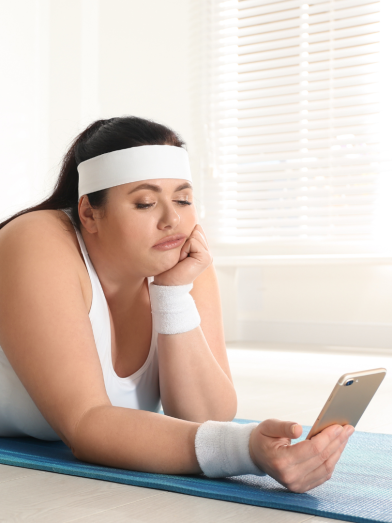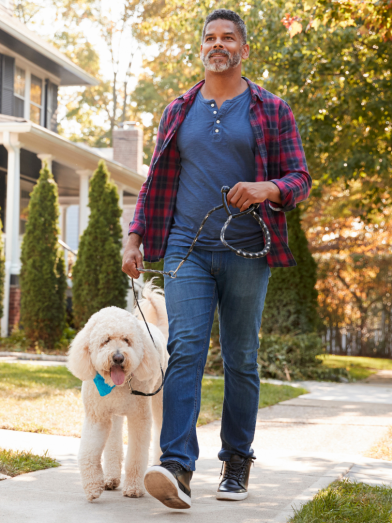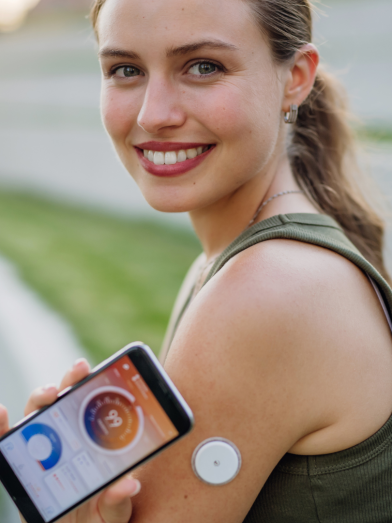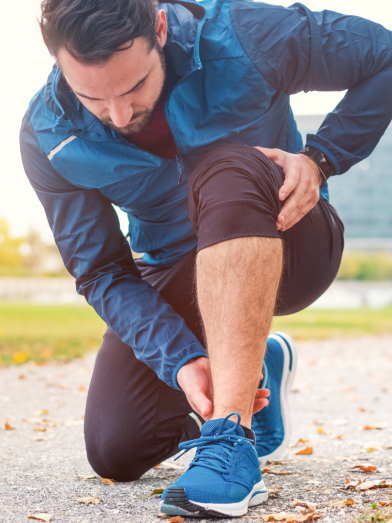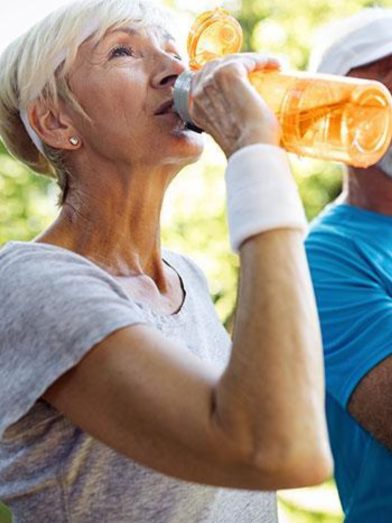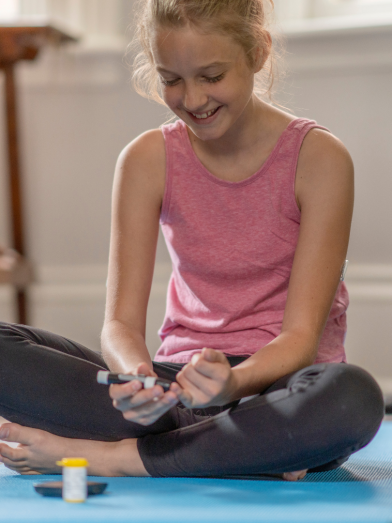
Balance and Exercise
Keep active at whatever level is appropriate for you. Sometimes this can be done on your own. Other times it may require a caregiver or physical therapist. There are wonderful groups for older adults where physical activity is supervised and age-appropriate.
- Pool aerobics can be helpful if there are limits to walking due to joint pain or neuropathy.
- Gentle yoga or Pilates can help with core strengthening.
- Formal classes exist for balance training
- If you have had a heart attack, cardiac rehab is very helpful and a good way to learn healthy exercise habits in a monitored setting.
Physical therapists can often make house calls and perform physical therapy at your home.
Avoid Falls
Avoiding falls is a top priority for older adults. A fall can set in motion a series of events that can lead to reduced mobility and a loss of functional independence.
Risk factors for falls:
- Hypoglycemia—Low blood glucose (also called blood sugar) can trigger a loss of balance and lead to a fall, so check blood glucose regularly. If blood glucose dips below 70 mg/DL, consume rapid-acting carbohydrates immediately.
- Medications—Some medications taken for high blood pressure may cause dizziness when standing (postural hypotension). One way to avoid falls from postural hypotension is to flex each ankle 10 times before standing.
- Peripheral neuropathy or loss of sensation in the feet and/or a loss of balance can increase risk for a fall.
- Vision loss can lead to unsteadiness and difficulty seeing obstructing objects.
- Large-joint issues—People with type 1 diabetes seem to develop large-joint issues, and this can lead to pain and disability.
- A fall and fracture due to osteoporosis can lead to a period of forced immobility and recovery can be difficult. Your health care providers should assess you for these issues and your risk for falls.
The Benefits of Physical Activity
Not only can physical activity help you maintain balance, it may help slow some of the cognitive decline seen with aging. Walking may be the best, and simplest, exercise for maintaining function, but it’s also important to do weight-bearing exercises, such as yoga or using free weights or machines, to maintain bone density and muscle volume.

